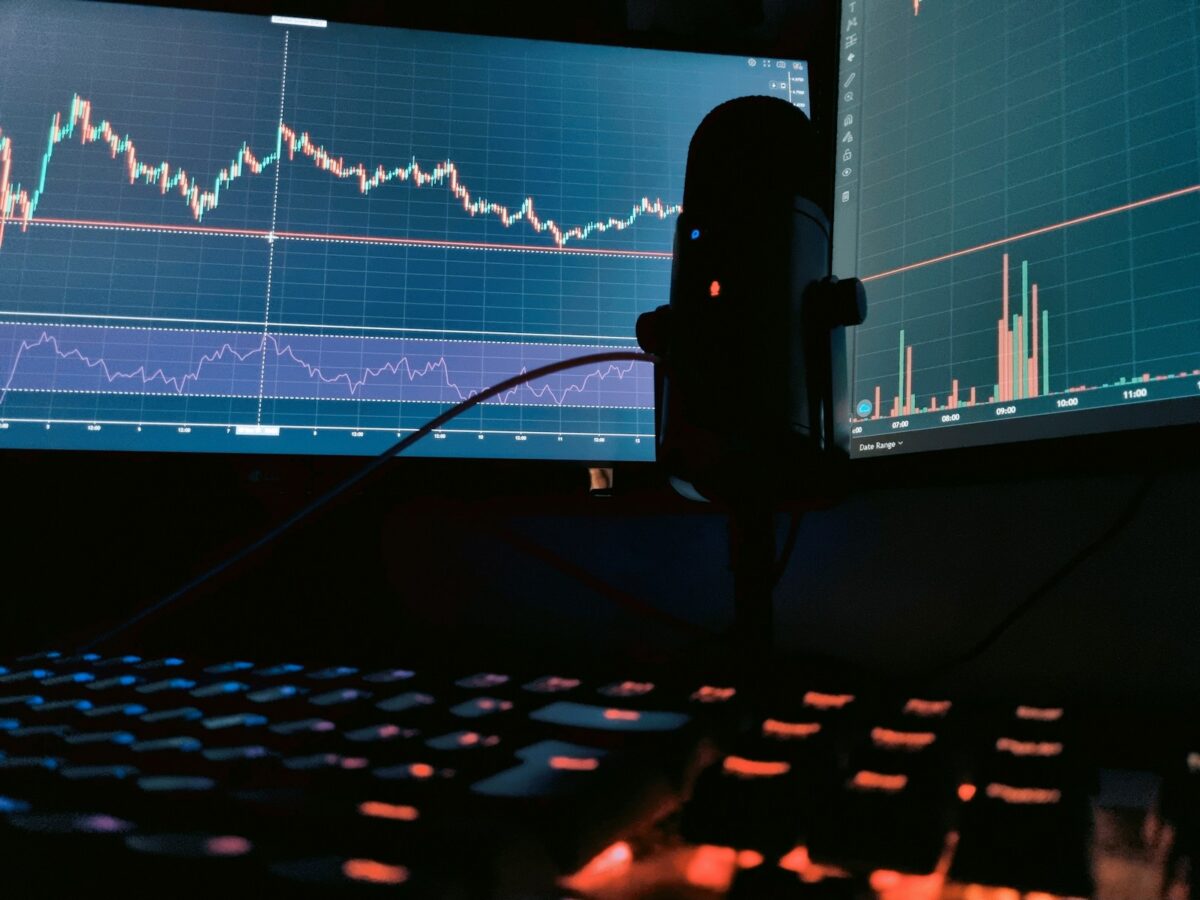
Safe NFT trading

Verification of ownership and authenticity must be the first step before engaging in any asset exchange on decentralized marketplaces. Confirming provenance through blockchain records helps eliminate risks associated with counterfeit creations or unauthorized reproductions, protecting both creators’ copyright and buyers from fraudulent listings.
Research plays a pivotal role in identifying trustworthy platforms that implement rigorous user identity checks and transparent transaction histories. Selecting marketplaces with strong anti-scams mechanisms reduces exposure to phishing attempts, fake bids, and manipulated pricing schemes common in unregulated environments.
Understanding the nuances of digital collectibles requires careful analysis of metadata integrity and creator credentials embedded within token standards. This approach supports confident decision-making by ensuring each item’s uniqueness aligns with its marketed value, thus fostering responsible asset acquisition and exchange practices.
Safe NFT Trading
Prioritize verification of digital asset provenance to ensure authenticity before engaging in any blockchain-based exchange. Utilize specialized tools that analyze metadata and on-chain transaction history, confirming the original creator’s copyright ownership and preventing counterfeit circulation.
Select platforms with robust protection mechanisms–such as multi-factor authentication, escrow services, and smart contract audits–to minimize exposure to fraud and unauthorized access. Established marketplaces typically implement rigorous seller vetting processes, which contribute significantly to securing transactions.
Verification Protocols and Authenticity Assessment
The evaluation of an item’s legitimacy requires a detailed review of its token lineage recorded on the blockchain. This includes examining token minting details, wallet addresses linked to creators, and transaction timestamps. Employing third-party verification services can enhance confidence by cross-referencing this data against known copyright registries or creator databases.
A practical example is the integration of cryptographic signatures embedded within the token’s metadata, which serve as immutable proof of original authorship. Research indicates that combining these signatures with decentralized identity protocols strengthens protection against duplication or unauthorized replication.
- Step 1: Analyze blockchain explorer data for minting history.
- Step 2: Cross-check creator credentials through verified social or professional profiles.
- Step 3: Confirm absence of prior disputes or reported infringements in public forums or regulatory bodies.
The choice of marketplace influences security parameters substantially. Platforms employing automated smart contract scans detect vulnerabilities preemptively, while those offering user rating systems introduce social validation layers that deter malicious actors from listing plagiarized content.
A comparative study between popular trading venues revealed a correlation between transaction volume transparency and decreased incidence rates of fraudulent exchanges. This suggests that readily accessible audit trails contribute to enhanced market integrity by enabling community-driven oversight alongside algorithmic checks.
*Hypothetical platform used for illustrative purposes.
An experimental approach to evaluating asset protection involves monitoring post-sale behavior patterns such as transfer frequency and price volatility. Sudden spikes may indicate manipulation attempts or reselling unauthorized copies, signaling a need for further investigation via forensic blockchain analytics tools.
The interplay between intellectual property rights enforcement and technological safeguards creates a dynamic framework where continuous research fosters innovation in safeguarding digital collectibles. For instance, emerging standards like ERC-4973 propose built-in mechanisms for automatic royalty distribution linked directly to authenticated ownership records–strengthening copyright adherence at the protocol level.
Verify NFT Authenticity Methods
Verification of digital asset authenticity begins with examining the blockchain metadata tied to each token. Every unique item registered on a decentralized ledger possesses an immutable record including creation date, creator wallet address, and transaction history. These data points serve as cryptographic proof that can confirm authenticity without relying on centralized authorities. Analysis tools such as Etherscan or specialized NFT explorers allow users to trace provenance and detect counterfeit copies by cross-referencing minting sources.
Copyright protection mechanisms integrate with these verification methods by linking original creators’ identities through smart contracts. Platforms increasingly implement embedded licensing terms encoded within tokens, ensuring rights management is transparent and enforceable during exchanges across various marketplaces. This approach reduces fraudulent listings where assets may be duplicated or claimed by unauthorized parties, thereby mitigating common scams.
Technical Approaches for Authentication
A foundational technique involves cryptographic hashing of the digital file associated with the collectible item. By generating a unique hash value stored on-chain at minting time, any alteration to the underlying content becomes immediately detectable through hash mismatches. Marketplaces often incorporate automatic hash verification procedures before approving listings to preserve ecosystem integrity. Additionally, some projects utilize zero-knowledge proofs allowing owners to demonstrate possession without revealing asset specifics.
The integration of decentralized identity (DID) frameworks offers another layer for authentication verification. Content creators link their wallets to verifiable credentials issued by trusted entities, enabling buyers and sellers to assess reputability directly through blockchain-verified attestations. Such systems strengthen trustworthiness in peer-to-peer exchanges and help combat impersonation attacks frequently observed in less regulated trading environments.
- On-chain Provenance Tracking: Monitoring each transfer event chronologically ensures unbroken ownership lineage.
- Smart Contract Audits: Reviewing contract code confirms compliance with copyright enforcement protocols.
- Metadata Standards Compliance: Adhering to protocols like ERC-721 or ERC-1155 guarantees standardized information storage facilitating interoperability among platforms.
An emerging practice involves leveraging artificial intelligence models trained to analyze visual or audio features against known originals for forgery detection. While computationally intensive, this method supplements blockchain data by identifying suspicious artifacts invisible in raw metadata alone. Experimental case studies show AI-assisted verification can flag manipulated images posted on secondary markets faster than manual review processes.
User education also plays a pivotal role in maintaining market security; understanding how to interpret blockchain records empowers participants to perform due diligence independently before engaging in transactions involving high-value collectibles. Encouraging systematic exploration–such as checking token identifiers against official project repositories–builds critical evaluation skills that reduce vulnerability to deceptive schemes pervasive in many trading hubs today.
Use Trusted Wallets Only
Utilizing reliable wallets is a fundamental step to ensure protection during asset exchanges on decentralized platforms. Trusted wallets implement rigorous verification protocols that authenticate ownership and prevent unauthorized access, significantly reducing risks linked to fraudulent activities. Independent research confirms that wallets integrated with multisignature authorization and hardware security modules provide enhanced defense against common attack vectors frequently exploited in counterfeit schemes.
Marketplaces often rely on wallet addresses as the primary identifiers for digital asset transfers, making it critical to validate these tools’ authenticity before engaging in any transaction. Examination of multiple case studies reveals that many scams originate from compromised or fake wallet applications designed to mimic legitimate software, thereby misleading users into disclosing private keys or seed phrases. Employing wallets with built-in integrity checks and open-source codebases improves transparency and allows users to verify the legitimacy of their storage solutions.
Verification and Protection Mechanisms in Wallets
Trusted wallet providers incorporate multi-layered verification processes such as biometric authentication, two-factor authentication (2FA), and address whitelisting to strengthen user security. These features act as barriers against unauthorized attempts to initiate transfers or manipulate transaction data. Empirical data from blockchain analytics firms indicate a marked decrease in successful phishing attacks when users engage wallets supporting advanced cryptographic safeguards compared to simpler alternatives.
Continuous research highlights the importance of integrating wallets that support real-time alerts related to marketplace activities and irregular signing requests. Implementing these notification systems enables traders to swiftly identify suspicious interactions potentially linked to scam operations targeting newly listed tokens or rare collectibles. By prioritizing wallets equipped with dynamic monitoring functions, participants can maintain a higher level of vigilance and preserve the integrity of their holdings within diverse trading environments.
Identify Scam Marketplaces
Prioritize verification protocols before engaging with any platform hosting tokenized digital assets. Analyzing the security measures and transparency of marketplaces reveals potential vulnerabilities exploited by malicious actors. Platforms lacking robust identity confirmation processes or with inconsistent transaction records often indicate a higher probability of fraudulent activity.
Comprehensive research into marketplace reputation is indispensable for ensuring protection against deceptive offers. Cross-referencing user feedback, audit results, and smart contract code inspections enhances the ability to distinguish legitimate venues from counterfeit ones. This investigation must include assessment of the platform’s governance model and response mechanisms to suspicious behavior.
Technical Indicators of Fraudulent Marketplaces
One distinguishing technical factor involves the absence of multi-layered authentication systems, such as two-factor authentication (2FA) or decentralized identity verification. Such omissions weaken transactional integrity and allow unauthorized access. Additionally, marketplaces that operate without transparent fee structures or provide incomplete metadata about digital collectibles raise concerns regarding authenticity and operational legitimacy.
Examining blockchain explorer data can uncover irregularities in marketplace activity. Patterns such as unusually high volumes of identical tokens sold at varying prices or repeated ownership transfers within short timeframes may signal wash trading or artificially inflated demand. These practices distort true market conditions and undermine asset provenance verification.
- Check for smart contract audits: Verified audits by reputable firms ensure marketplace code adheres to security standards.
- Review transaction history: Analyze token minting dates, transfer logs, and wallet interactions for inconsistencies.
- Authenticate creator identities: Confirm whether creators are verified entities on the platform or through external credentials.
The role of community-driven moderation cannot be underestimated. Platforms integrating decentralized dispute resolution mechanisms empower users to flag suspicious listings promptly. This participatory approach increases collective vigilance, reducing exposure to scams while reinforcing trust in asset authenticity.
Cultivating an investigative mindset aligned with these criteria empowers individuals to critically evaluate platforms before engagement. By systematically applying these validation steps, collectors and investors enhance their defense against fraudulent schemes that compromise both digital asset value and ecosystem integrity.
Conclusion on Secure Transaction Best Practices
Prioritize comprehensive research before engaging in digital asset exchanges, focusing on verifying the authenticity of tokens through blockchain explorers and contract audits. Utilizing reputable marketplaces with built-in verification mechanisms significantly reduces exposure to scams, while also ensuring compliance with copyright protections embedded in smart contracts.
Adopting multi-layered security protocols such as hardware wallets, multisignature schemes, and transaction monitoring tools enhances protection against unauthorized transfers and fraudulent listings. Experimental analyses reveal that integrating decentralized identity solutions can further authenticate provenance, mitigating risks associated with counterfeit or plagiarized digital collectibles.
Future Directions and Technical Implications
- Automated Provenance Verification: Emerging oracle services connected to off-chain data sources promise real-time validation of token origin, offering a dynamic safeguard against forgery within secondary markets.
- Interoperability Standards: Cross-platform frameworks under development aim to standardize metadata schemas and rights management, enabling seamless recognition of copyright claims across diverse ecosystems.
- AI-Powered Scam Detection: Machine learning models trained on transactional patterns are beginning to identify anomalous behaviors indicative of fraud, providing proactive alerts for users and platform operators alike.
- User Education Frameworks: Structured tutorials incorporating stepwise verification techniques empower participants to independently assess risk factors inherent in peer-to-peer asset exchanges.
The trajectory toward fortified asset exchange environments underscores the necessity of combining technological innovation with informed user practices. By systematically applying rigorous authenticity checks and leveraging advanced cryptographic safeguards, stakeholders contribute to an ecosystem where intellectual property rights are respected and exploitative schemes are curtailed. Continued experimentation with emerging protocols will refine these methodologies, shaping a resilient infrastructure for trustworthy digital collectible transactions.


